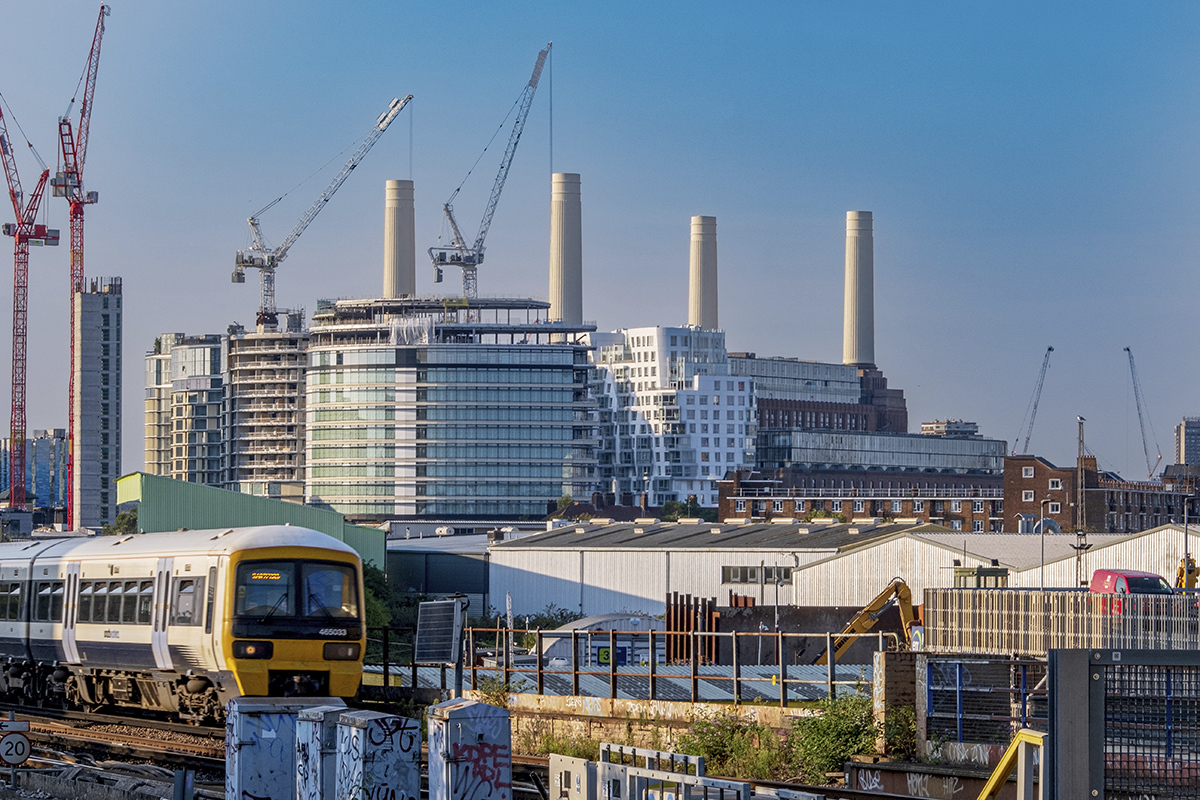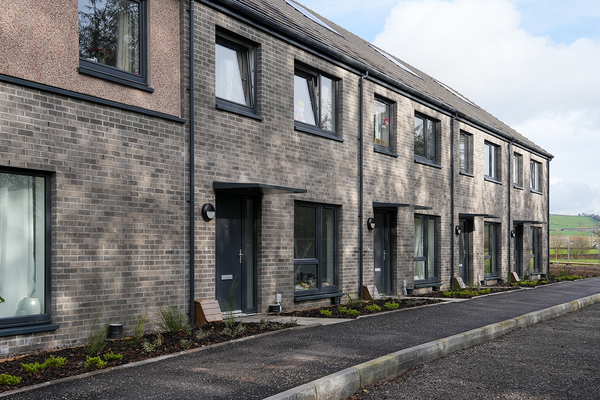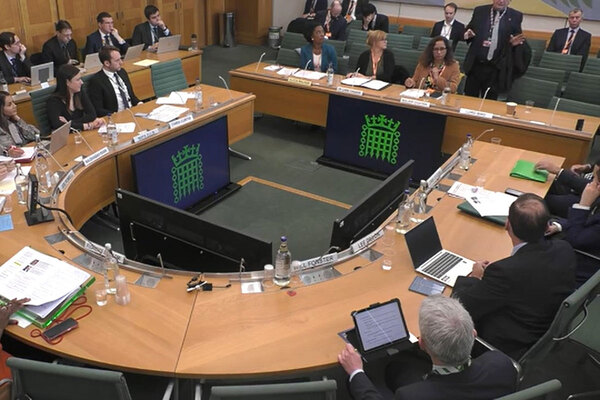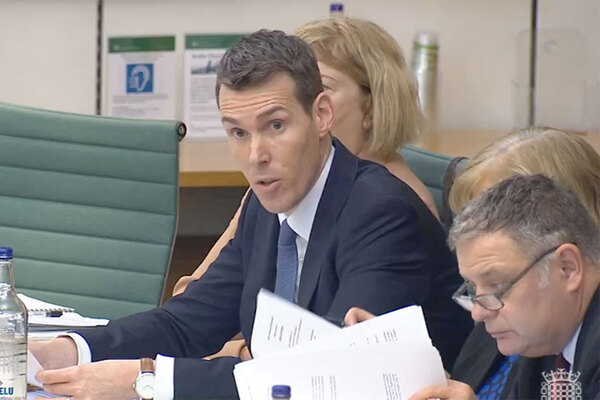You are viewing 1 of your 1 free articles
Hitting 300,000-homes-a-year target will remain ‘uphill battle’, credit agency warns
The government’s aim for 300,000 new homes a year will continue to be missed amid the “myriad ongoing challenges” still facing house builders, and “significant” policy reform is needed, a credit ratings agency has warned.
In a new report, MorningStar DBRS said that hitting the target in the near term would be an “uphill battle” due to the “headwinds” still affecting development and market uncertainty.
Among the challenges remain the “complicated” planning system, the agency said, as lengthy wait times for approval push up costs.
Builders are also still facing “weak buyer affordability”, the report said.
The upcoming Future Homes Standard will also increase costs for builders through training and adopting new technologies, the report said. A shortage of skilled workers also remains a problem.
The Conservative Party previously set a target of 300,000 homes a year by the middle of this decade in its 2019 manifesto. Confusion has since spread over whether this target remains. Housing secretary Michael Gove said last summer that the target had always been “optional” but that he was “confident” it could still be hit.
Labour has promised to build 1.5 million homes within the first five years, if the party wins power, which equates to 300,000 new homes a year. Labour leader Sir Keir Starmer has also vowed to “bulldoze” through restrictive planning laws.
MorningStar DBRS’ report said that the agency was “cautiously hopeful” of a housing market rebound, due to the stabilisation of interest rates and building costs, but said the challenges facing builders will threaten development.
But hopes of a series of rate cutes this year appear to have been dashed by yesterday’s latest inflation figures, which showed that it is falling at a slower rate than expected.
Small builders also continue to bear a “disproportionate share of building challenges”, such as bureaucracy and access to suitable land, the agency said.
“Unless there is significant government reform encouraging SME builders, we believe the problem will only get worse as large builders gain market share and continue to benefit from their economies of scale as it relates to land acquisition, preferential subtrade scheduling, and materials pricing,” the report said.
Many major house builders have cut their future development plans due to the conditions and ongoing market uncertainty.
The agency said that government reform was needed to cut red tape, ease restrictive planning regulations, and attract skilled workers.
“Resolving these issues requires significant reform from policymakers and would create an environment conducive to higher homebuilding,” the agency said.
Margaret Rabba, vice-president, diversified industries at MorningStar DBRS, said: “We expect housing plans for both political parties will continue to fall under intense scrutiny until election day.
“It remains to be seen whether either party’s planned reforms will be enough to move the needle and finally deliver on promises.”
The Department for Levelling Up, Housing and Communities (DLUHC) has been contacted for a response to the credit agency’s report.
Although its findings are unlikely to be a surprise given the government’s admission today, it will need to revise down its target for its flagship Affordable Homes Programme 2021-26 due to the cost of borrowing and materials.
In a letter, DLUHC said: “We have already identified that the programme is very unlikely to deliver 180,000 homes due to economic changes, and so we note that you will confirm new delivery targets shortly when the overall figures are ready to publish.”
Sign up for our development and finance newsletter
Already have an account? Click here to manage your newsletters












